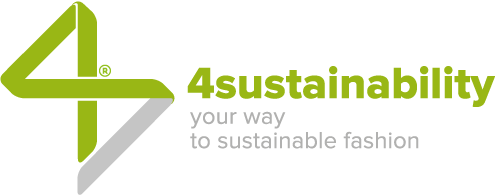Takeaways from the Venice Sustainable Fashion Forum 2024: Lessons from the Event’s Keynote Program and Third Just Fashion Transition Report.
On October 25th, the 2024 Venice Sustainable Fashion Forum, organized by Sistema Moda Italia, The European House Ambrosetti, and Confindustria Veneto Est at the Giorgio Cini Foundation, concluded with notable reflections drawn from the speeches and the third edition of the Just Fashion Transition report.
Everyone’s Here (Well, Almost)
We’ll borrow a clever insight from journalist Laila Bonazzi, who amused herself in a post by taking inventory of attendees and absentees, including the “silent guest” many identified as the raft of new regulations the fashion and luxury sectors are already navigating.
Who else was there? Allow us to break convention and start with us: we were present at the Forum as a partner for the first time, represented by Massimo Brandellero, Matteo De Angelis, and Francesca Rulli, who spoke on the opening day as part of Ambrosetti’s afternoon focus.
On stage and in the audience were brands, Italian supply chain companies, major industry groups, business consortia, international NGOs, universities, specialized media, and experts in fields related (sometimes loosely) to the conference’s central theme, Leading Re-generation. The pathway to systemic change, it was clear, lies in sustainable innovation.
Noticeably absent were institutional representatives, called at the event’s outset to pay closer attention to a fashion industry experiencing both critical and challenging times.
Just Fashion Transition by the Numbers
Many speakers highlighted bureaucracy as a hindrance to development, particularly because it impacts the upstream supply chain, which is especially vulnerable and should, therefore, be better protected and supported. This was one of the most recurring themes of the two-day event: a broad appeal from stakeholders for streamlined bureaucracy and faster approval processes, well ahead of the EU’s 2030 regulatory deadline. The extended timeline hinders strategic decision-making and, ultimately, competitiveness.
Ambrosetti’s Just Fashion Transition study examined the 100 largest fashion companies in Europe and 31 global retailers, assessing their sustainability measures based on data collected over the last three years. Although 28 companies still lack sustainability reports, the sample group demonstrated a 12% improvement in their average ESG performance. Climate action saw the most progress, with one-third of companies reducing emissions twice as fast as the EU’s green transition targets require, showcasing both the feasibility of decarbonization and the significant lag among the remaining two-thirds, which could delay European fashion’s overall climate goals by up to eight years.
A comfort, however, lies in the comparability of some available data—limited though it may be—which shows that companies achieving the highest profits are also the ones reducing emissions most effectively.
Collaboration to Overcome Crisis and Accelerate Transition
What takeaways can we gather from this third edition of the Venice Sustainable Fashion Forum, synthesizing key speakers’ insights and findings from the report?
- Transitioning to sustainability is no longer optional; it’s an inevitable process driven by market forces, even more than legislation. For those still hesitant, it’s worth weighing the cost of inaction against the much higher cost of doing nothing.
- The regulatory overhaul underway is a necessary but insufficient factor for genuinely sustainable business models. It serves as a catalyst, but not as an accelerator.
- Key intervention areas include simplifying bureaucracy, establishing consistent rules, strengthening margins, and creating sustainable debt management for SMEs, which account for nearly 98% of the industry. Easier access to credit and widespread development of specialized skills are also crucial.
- Consumers—especially younger or well-informed ones—already view sustainability as an intrinsic value and demand greater access to product information that can guide more conscious purchasing decisions.
- Now is the time to look to the future with optimism, seeing the sector’s slowdown as an opportunity.
- The main route to overcoming obstacles lies in systemic collaboration among stakeholders: supply chain companies with process expertise, brands with market knowledge, and collective efforts to address the size constraints of individual companies.
- Harmonizing data for product traceability, impact measurement, and regulatory standardization is essential for building sustainable supply chains where value is more equitably distributed.
In Conclusion
“The regulatory and market revolutions must be tackled with new organizational models and innovative tools,” noted Francesca Rulli after her Forum session. “Compared to about a decade ago, when we launched 4sustainability and then The ID Factory, there’s now a much closer alignment between brands and the supply chain. This translates into investments, co-development, data and methodology harmonization, and technology integration to support the journey… What was once a goal we strove for—knowing it would foster efficiency and impact management—is now a reality, a prominent item on the agendas and at the roundtables where brands and supply chain companies come together, and where we, too, participate in support of both. The Venice event offered further, important confirmations of this.”

